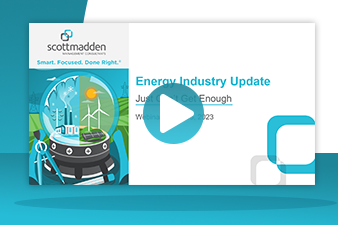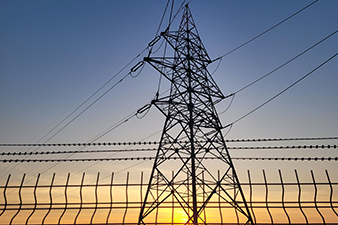Introduction
Across the United States, regulators, utilities, and corporations are making commitments at a growing rate to a variety of ambitious clean energy goals, ranging from 100% renewables to carbon-free and net-zero objectives. Several recent energy transformation studies have identified the need to add nearly 1,000 GW of renewable energy to meet these goals. Connecting this anticipated renewable energy to load centers will require an increase in transmission system capacity potentially by as much as 200%-300% over the next several decades.
The need for transmission construction and network upgrades will be ubiquitous as existing infrastructure ages and large-scale renewable generation grows. Developing this additional transmission capacity will be extremely challenging for various reasons. To ensure the transmission system has the capacity to facilitate a significant number of renewable interconnections, transmission planning, siting, permitting, and construction will need to be effective and timely.
Transmission Planning
The deployment of renewables and increased electrification of buildings and transportation drives the need to consider not only the annual peak load but also generation capacity and demand changes in shoulder months. This in turn can have an impact on transmission planning and system expansion needs. Capacity growth requires thoughtful and deliberate planning with a broader view of generation and demand throughout the year as well as scenarios in which extreme weather or other critical events could cripple the grid. These scenarios could include not only contingencies on the electric transmission system but also impacts to generators (renewable and fossil fuel) and fuel sources like natural gas. Many utilities are beginning to assess forecasting and planning functions across departments (generation, transmission, and distribution) and operating companies to facilitate collaboration across these functions and expand criteria for planning. As utilities consider realigning planning functions, a holistic organizational design and staffing approach, as well as process improvement practices, will facilitate re-structuring groups around functional work and improving efficiency.
Transmission Development
Based on the current policies that govern transmission, it will be an enormous challenge to plan, site, and build sufficient transmission assets to achieve clean energy goals in time. Both local and regional transmission development require effective capital project planning, stakeholder engagement, and streamlined siting and construction.
Transmission projects can face several hurdles with stakeholders, particularly with siting and permitting, including the following:
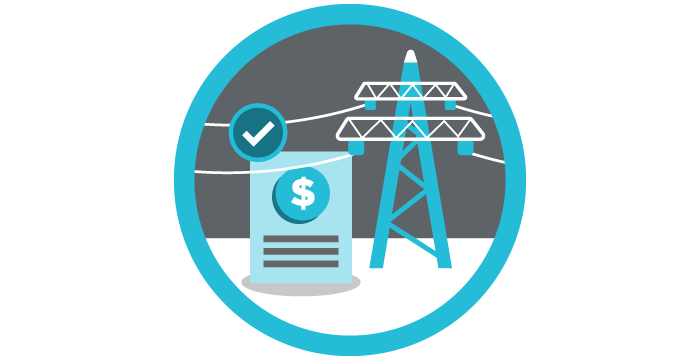
State PUC Approval
Utilities must apply to each state public utility commission where new transmission will be located.
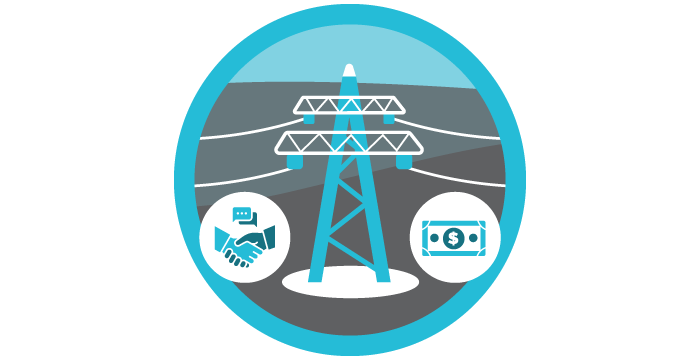
Right-of-Way Purchases
If new transmission crosses private land, utilities must obtain right of way from each landowner.

Eminent Domain/State Court Approval
If landowner approval is not obtained, utilities can invoke eminent domain with state court approval.
Given these challenges coupled with the amount of new transmission needed, efficient project management and capital project planning are critical to minimizing delays in progress.
Modernizing Control Centers and Improving Resiliency
System expansion to integrate renewables and accommodate electrification will result in a larger, more complex grid to operate and maintain. Enhanced interfaces with the distribution system to capture data and monitor performance in real-time may also be needed. In addition, severe weather and other significant outage events are becoming more impactful and frequent. Utilities have the opportunity to utilize data analytics to make the grid more agile to better accommodate intermittent generation and respond to outages. In addition to integrating renewables, myriad other challenges are prompting utilities to consider building new or upgrading existing control centers to improve reliability and resiliency.
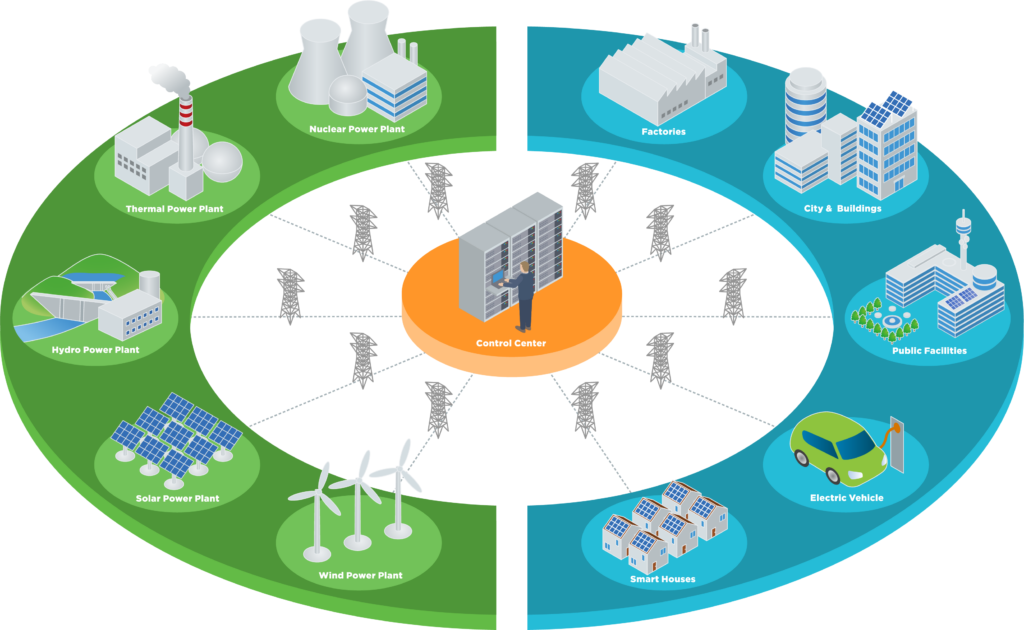
How ScottMadden Can Help
ScottMadden works with utilities, transmission owners, and operators across the country. We have helped utilities optimize their transmission organizations and processes, adapt to changing regulatory requirements, build new control centers, as well as buy, sell, and integrate assets.
Examples of areas in which ScottMadden has helped utilities and transmission owners include:
- Market Assessment and Competitive Strategy
- Merger and Acquisition Support
- Capital Project Planning
- Project Management
- Process Improvement and Re-Design
- Control Center Build and Modernization
- Program Design and Implementation
- Organizational Design and Staffing
- Regulatory Strategy Support






